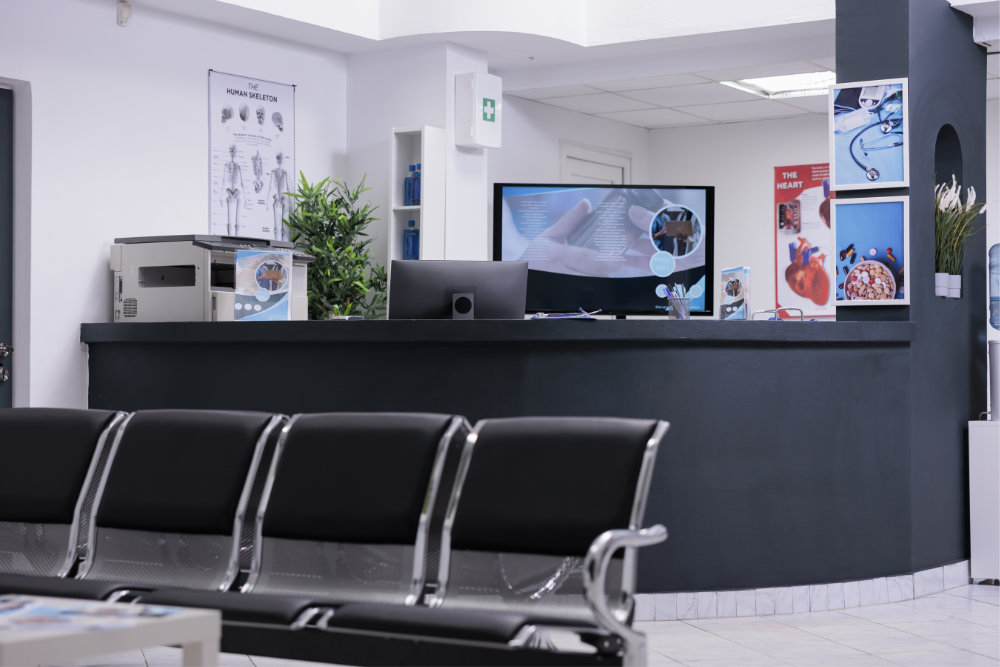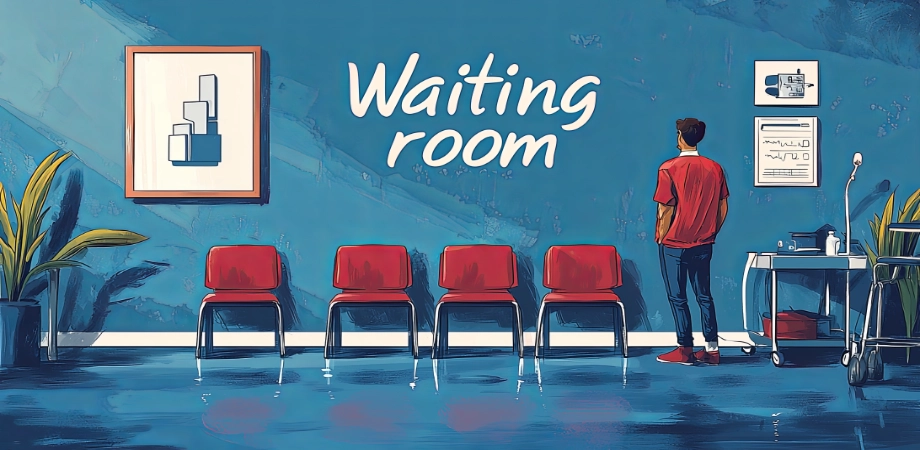When you try to think of all the factors that could decrease your medical practice’s effectivity and profits, you probably imagine many rare and complicated issues. You may imagine supplies that don’t arrive on time or poor-quality equipment that must be replaced. Maybe you remember past instances where natural disasters kept your practice out of work for a long time.
And although all these situations can indeed happen and cost your practice work and money, there is a much more common, everyday occurrence that can also negatively impact your practice’s everyday functioning: no-shows. Regardless of size, specialty, and geographical location, most medical practices are used to having at least a couple of no-shows each day. It can be easy to underestimate the effect that no-shows can have on your productivity and bottom line, but make no mistake: missed appointments can cost your practice tens, or even hundreds of thousands of dollars each year. No-shows can affect your schedule and the rest of your patients, too.
If your practice is constantly making appointments for patients who don’t show up, other patients may have to wait much longer than necessary to get an appointment. Long waiting lists can make your patients feel unsatisfied, and it’s very important to try to shorten waiting lists whenever possible. This can make your patients feel that your practice is looking out for them, and it will increase the productivity of the time that you spend working. These four tips can help your practice avoid no-shows and missed appointments.
1. Hire a service that allows you to send out automated reminders
 This is the first step that will enable you to minimize no-shows quickly, efficiently, and in an affordable manner. A company that provides this service will allow you to send automated text messages that remind patients of the exact time and date of their appointment. Text reminders are simple, non-invasive, and effective way to make sure that your patients don’t forget about their appointment with you. This method can reduce the incidence of no-shows and help your practice run smoothly. You can also use these short texts to remind your patients that showing up on time will allow you to provide better care during appointments.
This is the first step that will enable you to minimize no-shows quickly, efficiently, and in an affordable manner. A company that provides this service will allow you to send automated text messages that remind patients of the exact time and date of their appointment. Text reminders are simple, non-invasive, and effective way to make sure that your patients don’t forget about their appointment with you. This method can reduce the incidence of no-shows and help your practice run smoothly. You can also use these short texts to remind your patients that showing up on time will allow you to provide better care during appointments.
Incorporating automated reminders into your practice management not only enhances patient compliance but also fosters a more connected and engaged patient-provider relationship. By utilizing a service that seamlessly integrates with your scheduling system, you can customize reminder messages to include pre-appointment instructions or health tips related to the patient’s upcoming visit, adding an extra layer of personalized care.
This proactive communication strategy not only reinforces the importance of the scheduled appointment but also demonstrates your commitment to their health and well-being. As a result, patients are more likely to feel valued and understood, further solidifying their loyalty to your practice. This approach, while straightforward, plays a pivotal role in optimizing your operational efficiency and elevating the overall patient experience.
2. Send several reminders
 Sometimes, a single automated reminder may not be enough. If you send out reminders too long before an appointment, patients may still forget on the day of their consult.
Sometimes, a single automated reminder may not be enough. If you send out reminders too long before an appointment, patients may still forget on the day of their consult.
But if you send them too soon before the date and they cancel, you may not have enough time to allot that appointment to someone else. For this reason, many practice choose to send multiple automated reminders. You can customize this feature to choose exactly how many days before an appointment each reminder is sent.
3. Get in touch with patients who miss their appointments.
Unfortunately, you won’t be able to completely eliminate no-shows. But sending patients a text after they fail to attend an appointment can help them feel valued and cared for. Knowing that their healthcare provider took notice of their absence and is concerned about them could increase their overall satisfaction and loyalty to your practice. This extra step can also make it much easier for patients who missed an appointment to reschedule their consult for a later date. In the case of recurrent no-shows, communicating with them can also help you understand exactly why they are missing their appointments. This information can be useful for medical practices that strive to continually offer better care to their patients.
4. Consider using different methods of communication to send out reminders.
Not everyone reads their texts all the time. Many people — particularly senior citizens — may miss your practice’s automated reminders if they’re only sent through text messages. Fortunately, you can customize your automated reminder service to include other methods of communication, such as phone calls or even fax. Automated phone calls can be particularly useful if you are trying to make sure that all your patients receive their appointment reminder.
It wouldn’t be practical to assign this task to one of your employees, since they would probably have to spend their entire working day trying to reach each patient. But thanks to automated phone calls, your patients will receive all the information they need about their appointment as soon as they pick up the phone. None of your on-site employees will have to handle this task, leaving them with more time to take care of other responsibilities.





